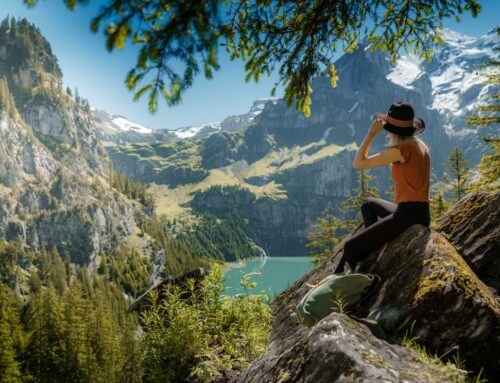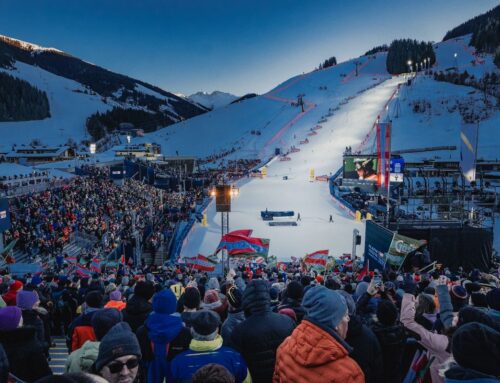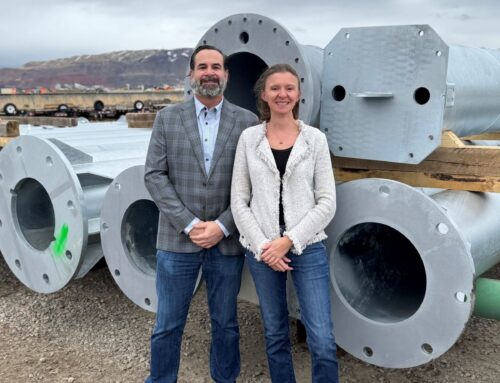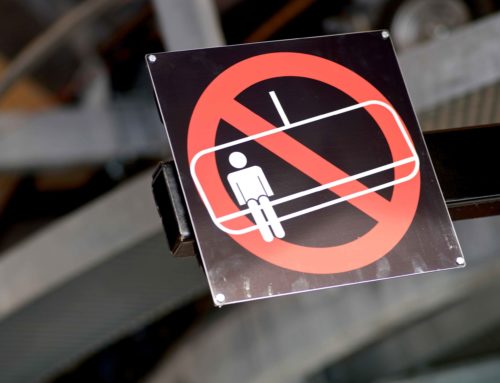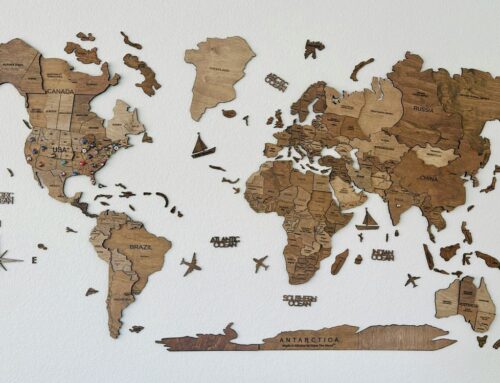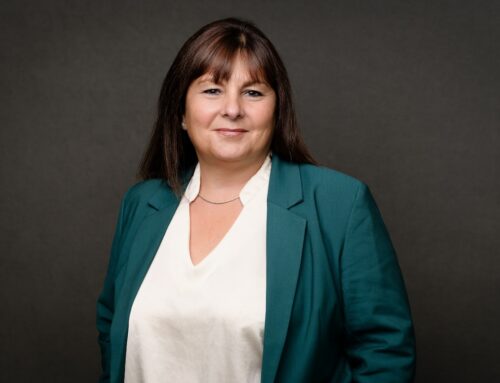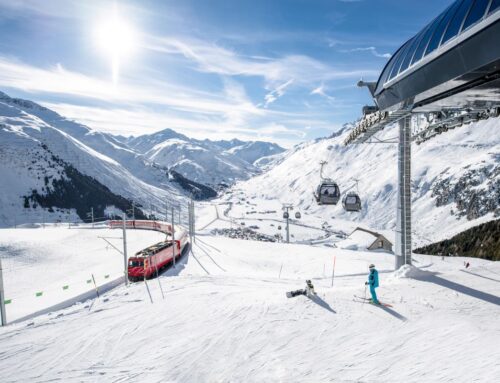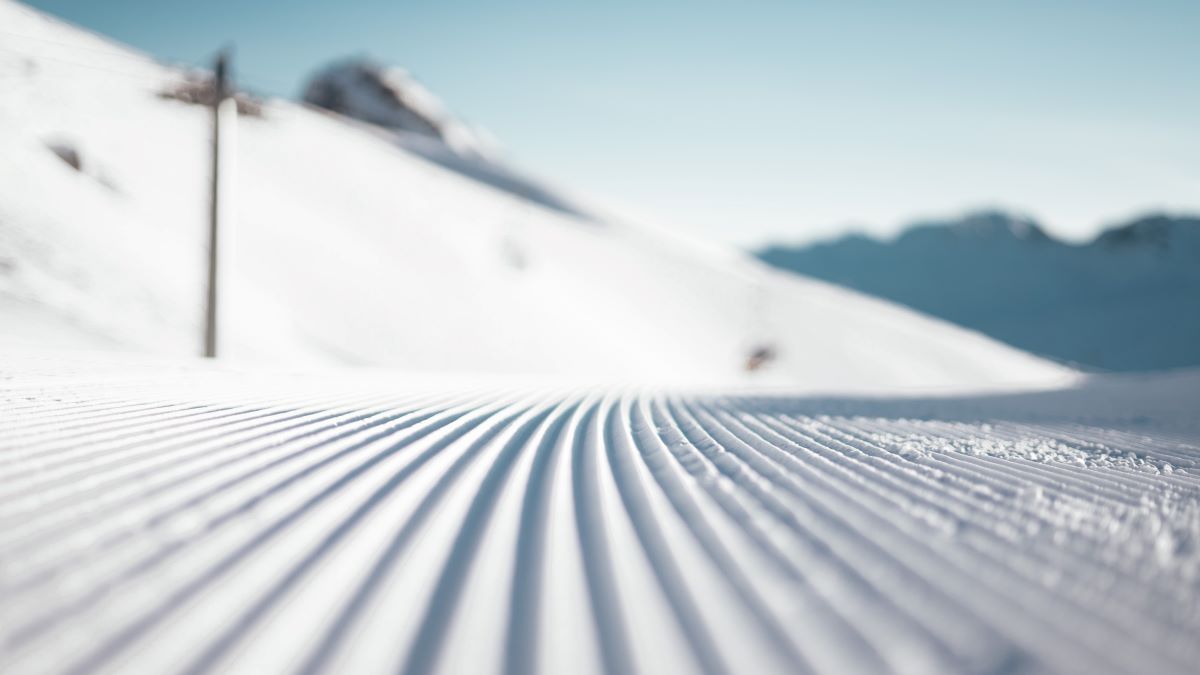
Management & Tourism
Outlook on the Winter Season 2022/23

The room at the DACH region cable car conference in Innsbruck was packed when Klaus Grabler took to the podium. No wonder, since the MANOVA pollster had the latest figures for the coming winter season in his luggage, as well as the evaluations of the previous years.
The data came from the trend monitor of cable cars in Austria and Germany, from the “Overnight stays” statistics tool, from the SAtisfaction MONitor (SAMON) and the seasonal balance sheet of Cable Cars Switzerland.

On track for growth ahead of Corona
According to the report, the cable car industry in the DACH region was on course for success in 2019 before the outbreak of the pandemic: “Overnight stays in the mountain & mid-mountain regions grew by eleven percent between 2013/14 and 2018/19,” Grabler reports.
The figures grew by five percent thereafter as well, until they came to an abrupt end with the lockdown in March 2020. The picture is similar for first-time entries. These increased by nine percent between 2013/14 and 2018/19. The numbers were also solid in the shortened first Corona season, with an increase of seven percent from 2018/19 to 2019/20.

Pandemic: Switzerland profits
But then the pandemic disrupted the successful course. In 2020/21, the cable cars were closed in Germany, only one-day tourists were allowed in Austria, and there were restrictions on overnight stays in Switzerland.
The following industry year, 2021/22, brought only slight improvement, and ski resort operations were only possible with restrictions.
“As a result, the cable cars recorded a sharp decline and losses,” Grabler says. Between 2018/19 and 2021/22, overnight stays in the DACH region slumped by 22 percent, and first-time admissions by 13 percent.
“However, the picture is not the same everywhere,” affirms the market researcher. While Germany had to register a minus of eleven and Austria a minus of 19 percent, Switzerland could be pleased about ten percent plus.
The market shares shifted accordingly: On a three-year average, Austria held 65 percent (!) by 2019, Switzerland 28 and Germany just seven. By comparison, Austria lost six percentage points to Switzerland as of 2020/21.
Germany’s market share remained unchanged. In terms of overnight stays, the countries also dropped by different amounts: Switzerland by just three percentage points, Germany and Austria by 22 percentage points each.

Analysis of the numbers
So what has led to the changes? Is it the Corona pandemic alone – or are there other reasons? And has the industry lost winter sports enthusiasts in the past three years?
“Overall, 15 percent of the population has stopped skiing, but only one percent because of the Corona crisis,” Grabler answers. In addition, 14.6 million winter sports enthusiasts were less active year-over-year. Participation dropped from 69 percent in 2018/19 to 59 percent.
“Active winter sports enthusiasts, however, were on the slopes the same number of times on average,” says the market researcher, “and for 8.2 days!”
Guest behavior has thus shifted: from just under one day of skiing on vacation to day trips.

Reasons for behavior change
Why is that? “Everything as usual – plus Corona,” Grabler sums up. In fourth place is the desire for sustainability. This leads to six percent of respondents giving up skiing, and to eleven percent being on the slopes less.
In turn, 17 percent would have no ski days because they only take a vacation every few years (third place). In second place are financial reasons:
27 percent of interviewees say they no longer afford a ski day given the prices, and 43 percent go to the ski resort less often due to the cost, if nothing else.
“The majority, however, have not skied because of the Corona pandemic. The potential to bring them back is great,” the market researcher said. The main concerns were fear of contagion (45 percent), concern about quarantine afterwards (43 percent), increased prices (32 percent) and too many controls or rules of conduct in the destination (23 percent).

Reasons for new market shares
But why have the market shares in the three countries shifted? “First of all, Swiss winter sports enthusiasts remained more active and preferred the local mountains even more,” Grabler reports.
The number of intra-Swiss skiers rose from 76 to 80 percent. The Austrians and Germans, in turn, still love Austria’s mountains. But: Austria is losing some market share among German day-trippers.
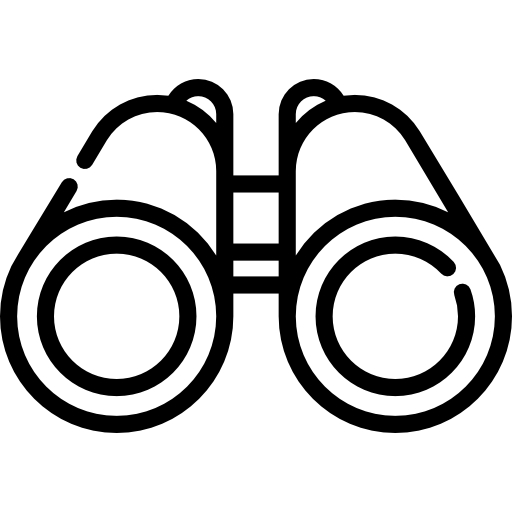
Outlook on the season
What is now to be expected for the winter of 2022/23? 46 percent of alpine winter sports enthusiasts have already planned their vacation.
By comparison, in 2019 it was “only” 42 percent. “So the demand is greater than before Corona,” Grabler is pleased to say. In contrast, the number of skiers who have not planned a vacation has remained almost the same: 15 percent in 2022 to 14 percent in 2019.
“In the worst case, the vacation volume will reach last year’s level again, in the best case even the pre-crisis level,” summarizes the market researcher.
However, the planning behavior changes differently in the countries when compared over time. The Germans, for example, tend to have some catching up to do: 53 percent of respondents have planned at least one vacation – before Corona, the figure was 42 percent.
In Austria and Switzerland, on the other hand, winter sports enthusiasts may be bailing out, especially for vacations. In Austria and Switzerland, lower income is the main obstacle.
In the Alpine republic of Austria, only 26 percent have vacation plans, in 2019 it was still 36! In Switzerland, 33 percent want to go on a skiing vacation this year, in 2019 there were still 46 percent.
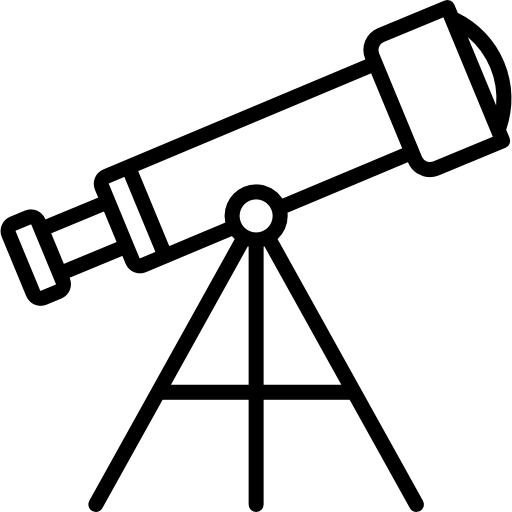
Medium-term trends
How will things continue in the medium term? “We haven’t lost any beginners in a big way in the three-year average, the numbers are stable,” Grabler reassures. In addition, the proportion of strongly interested non-skiers is rising from three percent in 2019 to seven percent now.
The proportion of children skiing also remains stable overall in the DACH region: in Germany, the figures are developing positively, in Austria they are constant and in Switzerland they are unfortunately declining. “Overall, the positive mood prevails,” sums up the market researcher.
50 percent of those surveyed are maintaining the number of days they spend skiing, and 30 percent even want to increase it.
But there are also a few uncertain ones: 15 percent are undecided, five percent want to ski less. Sixty percent cite inflation as the main reason for their uncertainty about winter sports vacations. 32 percent cite the Corona pandemic.
Surprisingly, the image of the industry has risen: Alpine winter sports are more popular than in 2019. “Austria is an exception. Here, price and energy have developed negatively.
Only 43 percent of Austrians agree with the statement “Skiing is worth what it costs.” In Switzerland, this figure has risen to 60 percent, and in Germany the agreement is 75 percent.
“However, the energy attribution does not prevent vacation planning. On the other hand, the attitude helps that ski vacations are more sustainable than long-distance travel,” Grabler emphasizes. Half want to save money on vacation; “Shorter vacations,” “Closer destinations” and “Saving on incidental expenses” are primary guest strategies.

Conclusion
“We are currently experiencing a dent and not a complete turnaround, a peak can be reached again,” Grabler sums up. Participation will rise again, ski days per skier are constant.
The shift in vacation days to day trips will also remain. And Switzerland can permanently secure the shift in market share in its favor. While Corona has made a dent, there is a booster opportunity through image improvement.
It is now a matter of fending off a turnaround due to inflation.
